Math shouldn’t end in tears. Yet, as we rolled into the third week of Algebra 2, my intelligent 13-year-old became increasingly frustrated. Her twin sister had completed the assigned problems in thirty minutes. It took her over an hour. Despite her extended effort, every other answer was wrong.
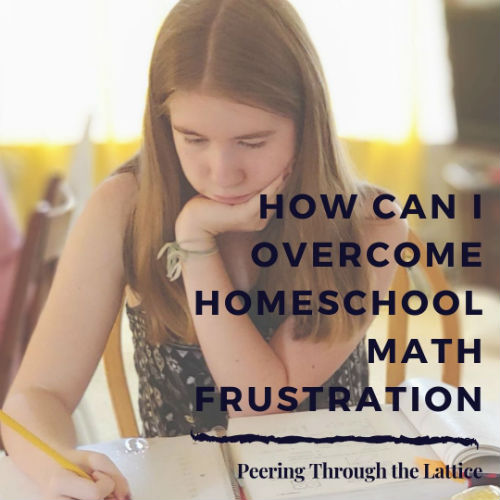
I knew my daughter was capable of completing the work. Why was she performing so poorly?
A glimpse at her notebook told the rest of the story. In it, she wrote as little as possible, making her brain work harder than it needed to. Despite multiple reminders to write down each step, her answer sheet displayed little more than the final answer.
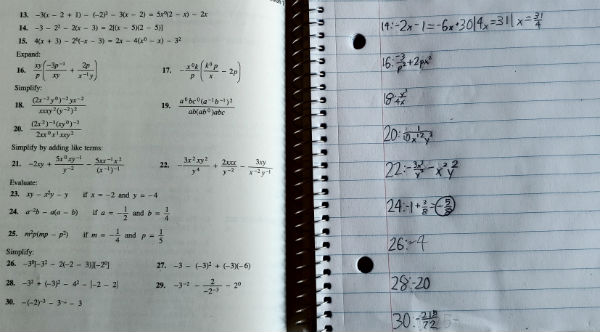
How Could I Help Her Succeed?
There had to be a way to help her. I started by writing the first missed problem on the whiteboard. Then we worked it out together. As she explained the process, I wrote each step.
Having modeled the correct way to show her work, I invited her to use the whiteboard complete a similar problem I had not assigned. She got it right. Did her sudden success stem from my incredible teaching skills or the process of writing out her work? It was time for an experiment.
It actually happened by accident. When I wrote her next missed problem on the board, I jumped the gun and asked her to solve it. She willingly accepted the dry erase pen, cautiously approached the whiteboard, and correctly solved the problem.
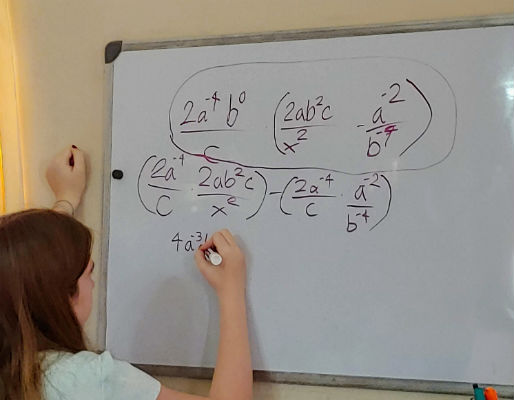
As I had suspected, she knew how to solve each problem. Her only roadblock was her unwillingness to write her work on paper.
Achieving Success
Since my daughter works her problems best on the whiteboard, we decided she can use it for all of her math lessons. I can check each problem as soon as she completes it. A classroom teacher would have dismissed our solution as impossible to implement. I love the freedom homeschooling allows.
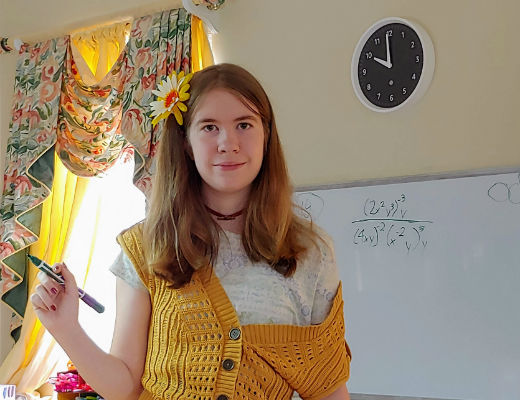
“I do so much better on the whiteboard!”
The outcome has been amazing. On Tuesday, using paper, she had missed about half of her math problems. On Wednesday morning, she worked the entire set on the board and caught many of her own mistakes before announcing her final answer. The result? She correctly solved nearly 90 percent of the problems on the first try. What a huge improvement! For the two problems she missed, she was able to spot her mistakes and make immediate corrections.
About halfway through the set, tears of joy came to my eyes as I reflected on her amazing success.
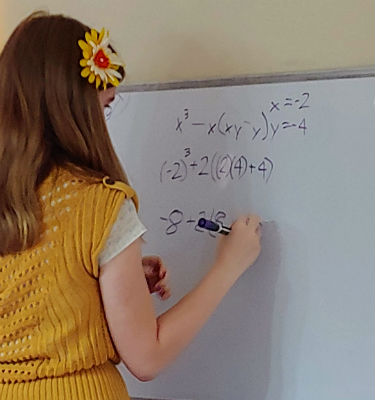
“I think it helps me not feel as much pressure. There’s less suspense since mom checks my answers right away.”
I know my daughter will eventually need to switch back to pencil and paper. My husband offered a suggestion to ease that transition. Once she gets comfortable showing work for each problem, she should use unlined paper folded into fourths. In each quadrant, she will have plenty of space to work out a single problem. After getting comfortable with this arrangement, she’ll progress to using smaller sections, perhaps eighths. Eventually, we plan to transfer these skills back to notebook paper. I’ll let you know how it goes in a couple of months.
An Alternate Approach
The exact same issue cropped up last year when I taught her twin sister Algebra 1. To resolve the issue then, I modeled the procedure by writing the problem on notebook paper. While she explained how to find the solution, I recorded the steps on paper.
Then I asked her to copy the next problem and coached her through writing out each step. After a few days of practice, she could hammer out an entire set of problems correctly. I suppose that’s why she’s running circles around her sister in Algebra 2.
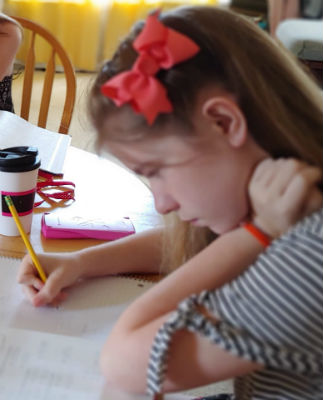
I am glad we found a workable solution to help my daughter overcome her frustration. Writing down each step is essential for solving in upper-level math problems. Teachers and homeschool parents accept this fact. My daughters have discovered firsthand how true it is.
Does your student balk at showing their work? What strategies have you used to encourage them to write out each step?